Looking for the toughest ski resorts in the U.S.? Here's the quick rundown:
- Taos Ski Valley, NM: Over 50% expert terrain, 3,250 ft vertical drop, steep chutes like West Basin and mogul-packed Al’s Run.
- Silverton Mountain, CO: 100% expert terrain, 3,000 ft vertical drop, mandatory avalanche gear, and hike-to zones.
- Crested Butte, CO: 40% double-black trails, steep runs like Rambo (55° pitch), and backcountry access.
- Palisades Tahoe, CA: 30% advanced terrain, iconic KT-22, and extreme lines like High Line on Eagle’s Nest.
- Mad River Glen, VT: 45% expert trails, natural moguls, and the Paradise trail with a frozen waterfall drop.
What’s new? Snowfeet* short skis are shaking up the game. Their compact design offers better control for tight chutes, moguls, and unpredictable snow. Ideal for navigating the toughest slopes, they’re lightweight, portable, and budget-friendly (starting at $150).
Whether you’re tackling Silverton’s raw terrain or Crested Butte’s extreme zones, these resorts demand sharp skills - and the right gear. Ready to take on the challenge?
Most DANGEROUS Ski Resorts in North America
What Makes a Ski Resort Challenging
For expert skiers, the thrill lies in terrain that pushes their skills to the limit. The most demanding ski resorts share certain traits that set them apart from the typical mountain getaway.
Steepness and vertical drop are key factors. A steep slope requires constant control, leaving little room for error as the speed picks up. Jackson Hole is a prime example, with its relentless 4,000-foot vertical drop, offering top-to-bottom runs designed for advanced and expert skiers only. Then there's Revelstoke, home to North America's longest vertical drop: 5,620 feet of lift-accessed terrain, stretching to over 6,000 feet when you include hike-to areas. That’s over a mile of nonstop skiing - enough to challenge even the most seasoned pros. These features make these mountains a true test of skill and endurance.
Adding to the difficulty are technical features like chutes, cliffs, and air sections. These elements demand razor-sharp technique and split-second decision-making. At Mount Baker, some trails require skiers to tackle free falls or straightlines as long as 100 feet. This is terrain where hesitation simply isn’t an option.
Natural obstacles also up the ante. Rocks, tree stumps, and exposed ground force skiers to think on their feet, especially when snow conditions are unpredictable or visibility is poor.
Narrow trails bring their own set of challenges. Whether navigating tight tree runs or threading through narrow chutes, wide, sweeping turns aren’t an option. Skiers must rely on sharp, high-speed turns to stay in control, testing both their skill and nerve.
For those venturing into backcountry terrain, the challenges multiply. Backcountry skiing demands avalanche awareness, specialized gear, and the ability to read snow conditions. Nearly 90% of backcountry users check avalanche forecasts before heading out, and with good reason - 12% of surveyed backcountry skiers reported being caught in at least one avalanche.
"Forecasters pack a lot of information into daily reporting, so it's important not just to read an avalanche report, but to think about how it relates to your objective for the day and how it could influence your primary and backup plans."
- Jason Antin, onX Backcountry Ambassador and AIARE Lead Instructor
When it comes to tackling tight spaces and tricky terrain, Snowfeet* products offer an edge. Their shorter length provides unmatched maneuverability, making them ideal for navigating narrow chutes or executing sharp turns at speed. Unlike traditional long skis from brands like Rossignol, Atomic, or Head, Snowfeet* excel in quick edge transitions and responsive handling. This agility can be the difference between nailing a perfect turn and catching an edge. Plus, their lightweight design helps reduce fatigue on long descents, while offering precise control for sudden stops when conditions shift.
Finally, worsening weather and shorter snow seasons add another layer of difficulty. Between 1982 and 2021, the snowpack season shrank by an average of 18 days, leaving a smaller window for expert-level skiing.
All these factors combine to create the ultimate proving grounds - mountains where every run demands focus, precision, and your very best technique.
1. Taos Ski Valley, New Mexico
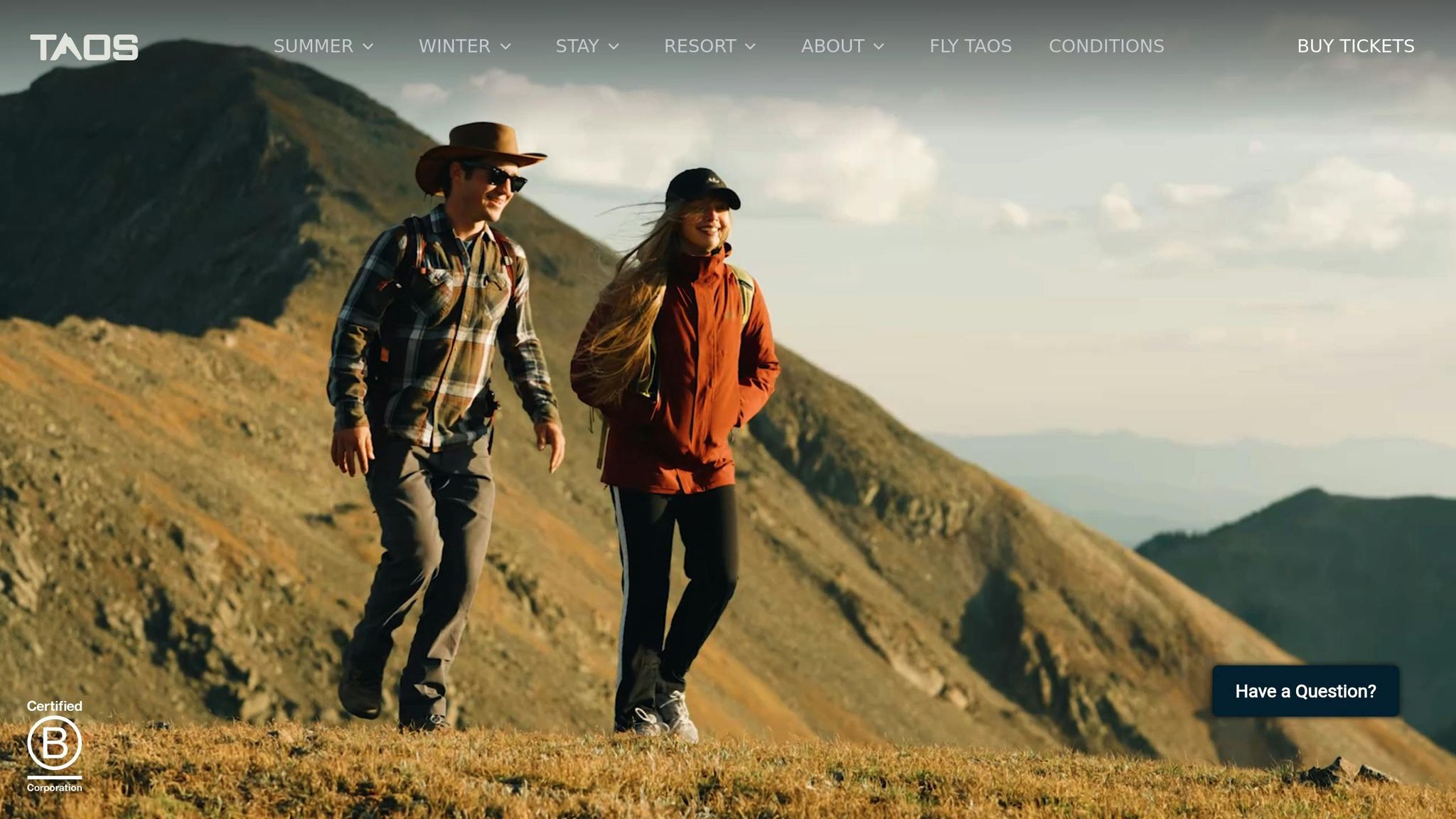
Tucked away in the Sangre de Cristo Mountains, Taos Ski Valley is a ski destination that doesn’t hold back. Known for its challenging terrain, this New Mexican resort is where expert skiers come to push their limits. If you're looking for a mountain that separates the weekend warriors from the hardcore enthusiasts, Taos is it.
Percentage of Expert Terrain
Taos is unapologetically for the bold. Out of its 110 trails spread across 1,294 skiable acres, a whopping 51% is designated as expert terrain. The rest? It’s split between 24% beginner and 25% intermediate runs - but don’t be fooled. Even the so-called “easier” trails can throw surprises your way, from moguls to unexpected obstacles.
"Taos is absolutely an expert's mountain. We were most at home on the steep hike-to terrain, however even some of the lower mountain runs were riddled with moguls and at times other hazards like rocks poking through the snow. The steepness and variable conditions of Taos make it one of the LAST places I would recommend anyone learn to ski at." - SKI Readers
Vertical Drop
With a vertical drop of 3,250 feet, Taos offers long, demanding runs that will test both your stamina and technique. Combined with the mountain's consistently steep pitches, this vertical guarantees a workout like no other.
Technical Features
Taos has earned its reputation as a paradise for technical skiers. Take West Basin, for example, where the lines hit pitches of up to 50 degrees. It’s the kind of terrain where hesitation isn’t an option. Then there’s the High Traverse, which offers four to five chutes ranging from 35 to 40 degrees. Precision is key here - every turn matters.
For mogul lovers, Al’s Run is legendary. Positioned beneath Lift 1, this run boasts challenging moguls along an 1,800-foot vertical drop. It’s no wonder Taos is often celebrated as one of North America’s top spots for mogul skiing. The bumps get bigger and meaner as the season progresses, making it a true test for even the most experienced skiers.
Taos also shines when it comes to glade skiing. The Lower Front Side features long, north-facing glades that hold onto fresh snow longer thanks to their shaded location. On the West Basin side, the Wild West Glades offer perfectly spaced trees and exciting pitches, ideal for those who love weaving through timber at speed.
If you’re tackling these technical runs, having the right gear can make all the difference. Snowfeet* - with their shorter length - offer quick edge transitions, making them perfect for tight mogul fields and narrow glades. Whether you’re navigating Al’s Run or threading through West Basin, that added agility can help you stay in control and avoid costly mistakes.
Accessibility of Backcountry or Hike-to Zones
For those willing to hike, Kachina Peak, standing tall at 12,481 feet, is the ultimate reward. After storms, ski patrol often opens the peak for hiking-only access before the chairlift becomes operational. This tradition keeps the mountain’s European-style mountaineering spirit alive, as envisioned by Taos founders Ernie and Rhoda Blake.
"Before the chairlift was installed, Kachina was only accessible via hiking from the gate at the top of Lift 2. Following a storm, ski patrol will typically open the peak to hike access only for at least a day prior to opening the chairlift. TSV was founded by Ernie and Rhoda Blake with an intent of maintaining a European-style mountaineering element. For many of the locals and visitors who hold a special affinity to the mountain, hiking Kachina Peak is a rite-of-passage and a way to experience the wild space in a truly intimate way." - Joshua Berman, Instructor with the resort's Snowsports School
Other hike-to zones, like Highline Ridge and West Basin Ridge, offer steep, big-mountain terrain that’s well worth the effort. A 10 to 15-minute bootpack through the forest gets you to a fork: head left for Highline Ridge or right for West Basin Ridge. Either way, you’re in for some of the most challenging inbounds terrain out there.
For a more remote feel, check out Wilderness Bowl, located on the south side of Kachina Peak. It’s lift-inaccessible, preserving its wild vibe while still being within resort boundaries. Add in Taos’ 300-plus days of sunshine a year, and you’ve got the perfect mix of visibility and conditions for tackling these expert zones safely.
Taos Ski Valley isn’t just a resort - it’s a proving ground for skiers who crave technical challenges and backcountry-style adventure. If that’s your vibe, this mountain won’t disappoint.
2. Silverton Mountain, Colorado
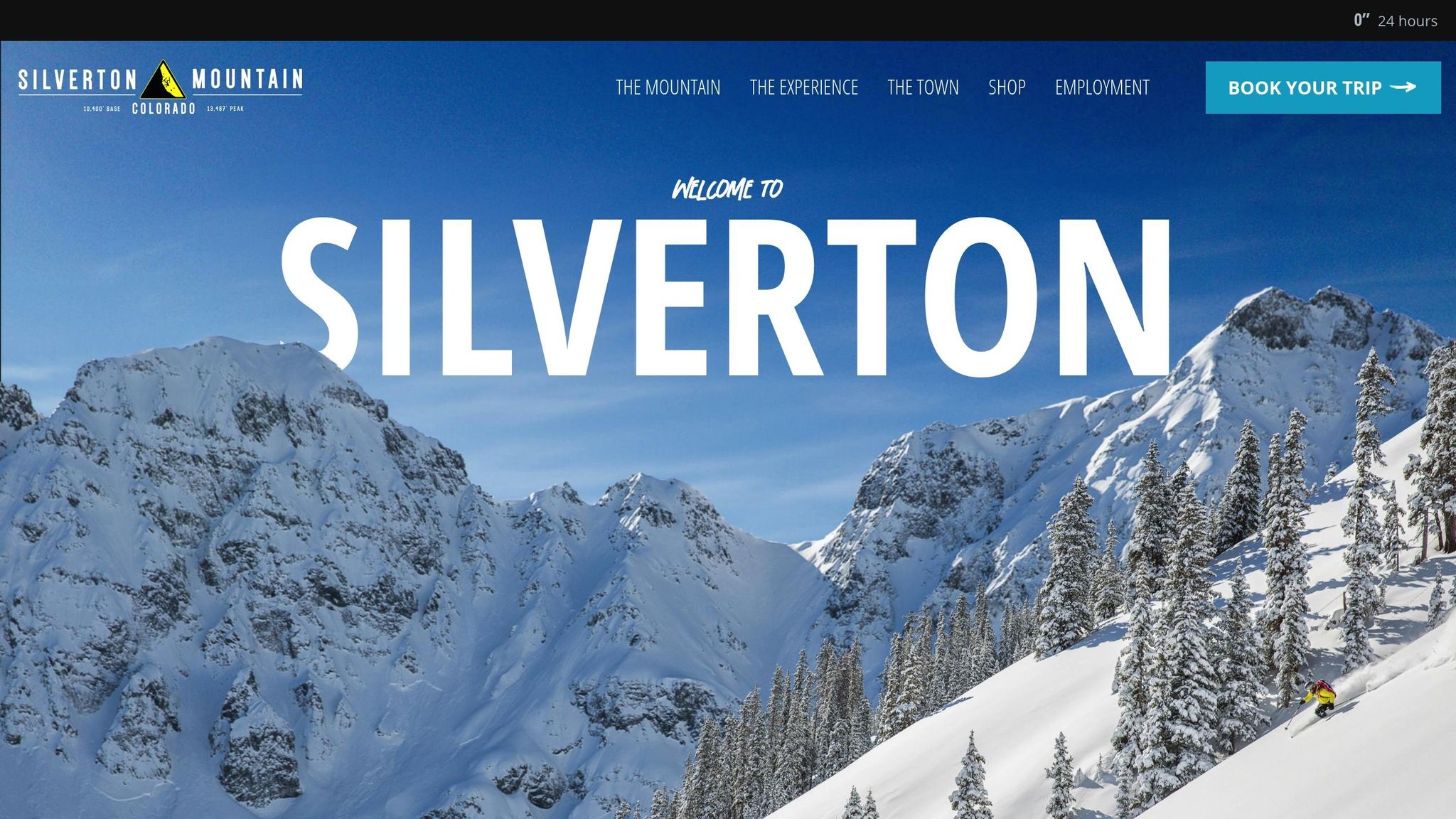
If Taos is the proving ground for technical skiing, Silverton Mountain in Colorado is the ultimate test. This resort strips skiing down to its raw, unfiltered core, catering exclusively to advanced and expert skiers. Nestled deep in the San Juan Mountains, Silverton doesn’t offer anything for beginners or intermediates. It's a place where even seasoned skiers are pushed to their limits.
Percentage of Expert Terrain
Silverton is all about expert terrain - literally 100% of it. Even the "easiest" run comes with a 35° pitch, which is no walk in the park. With a base elevation of 10,400 feet and a vertical drop that can reach 3,000 feet in hike-to areas, this mountain isn’t playing around[25, 26, 28]. Forget green circles or blue squares - this is a land of black diamonds and double black diamonds, where every descent demands precision and skill.
Vertical Drop
Standing tall as the highest ski area in North America, Silverton peaks at a jaw-dropping 13,487 feet[25, 26]. The base starts at 10,400 feet, and the chairlift tops out at 12,300 feet, giving you up to 3,000 feet of vertical to conquer. The altitude itself is a challenge, with thin air adding to the physical demands of the steep terrain.
Technical Features
Silverton is widely regarded as the steepest ski area in North America. Its 1,819 acres of skiable terrain are packed with bowls, chutes, cliffs, and untouched natural features. No grooming here - just raw, unpredictable conditions. One minute you’re carving through wind-blown hardpack, and the next, you’re knee-deep in powder. It’s a constant test of adaptability and quick decision-making.
"Silverton Mountain is pretty close to the most pure skiing experience one can find today, an epic mountain, bountiful snowfall (typical Colorado powder), and none of the distractions of other ski areas (crowds!)." - Chris Davenport
On the mountain’s tight chutes and cliff bands, gear like Snowfeet* can offer quicker edge-to-edge transitions than traditional long skis from brands like Rossignol or Atomic. But gear is just part of the equation - next comes the backcountry access that takes the challenge to another level.
Accessibility of Backcountry or Hike-to Zones
Silverton blurs the line between resort skiing and backcountry adventure. Here’s a rule you won’t find at most other resorts: avalanche gear is mandatory just to ride the lift. That’s because the single chairlift is only the beginning. After it drops you off at 12,300 feet, the real adventure starts. From there, it’s all about hiking - at altitude, no less - to reach the best runs.
The San Juan Mountains are infamous for their complex avalanche and snowpack conditions. This isn’t terrain you mess around with. Local knowledge and proper preparation are essential, and if you’re new to the area, hiring a guide is a smart move.
"The San Juan mountains are a testament to the power of nature. They are intimidatingly massive and have some of the most complex avalanche and snowpack conditions in the United States, creating challenges that demand respect and expertise from those daring to enter them. It's not terrain you take lightly." - Nick Loomans
On average, Silverton sees over 400 inches of snowfall each year. Nearby basins rack up similar totals. While this means incredible powder days, it also elevates avalanche risks. The terrain itself is no joke - cliffs, chutes, and other natural hazards require expert navigation and serious preparation.
"Silverton is a soulful touch of what the culture of skiing is truly about. Leaving behind the glitz and stepping into nature with a group of friends to overcome obstacles in a healthy environment. The beauty is in the simplicity of Silverton Mountain. It is a hut trip with a chairlift." - Chris Anthony
Silverton Mountain isn’t just another ski resort - it’s a pure, unfiltered skiing experience. It’s you, the mountain, and gravity, with nothing in between. For expert skiers, it’s the ultimate playground and proving ground all rolled into one.
3. Crested Butte, Colorado
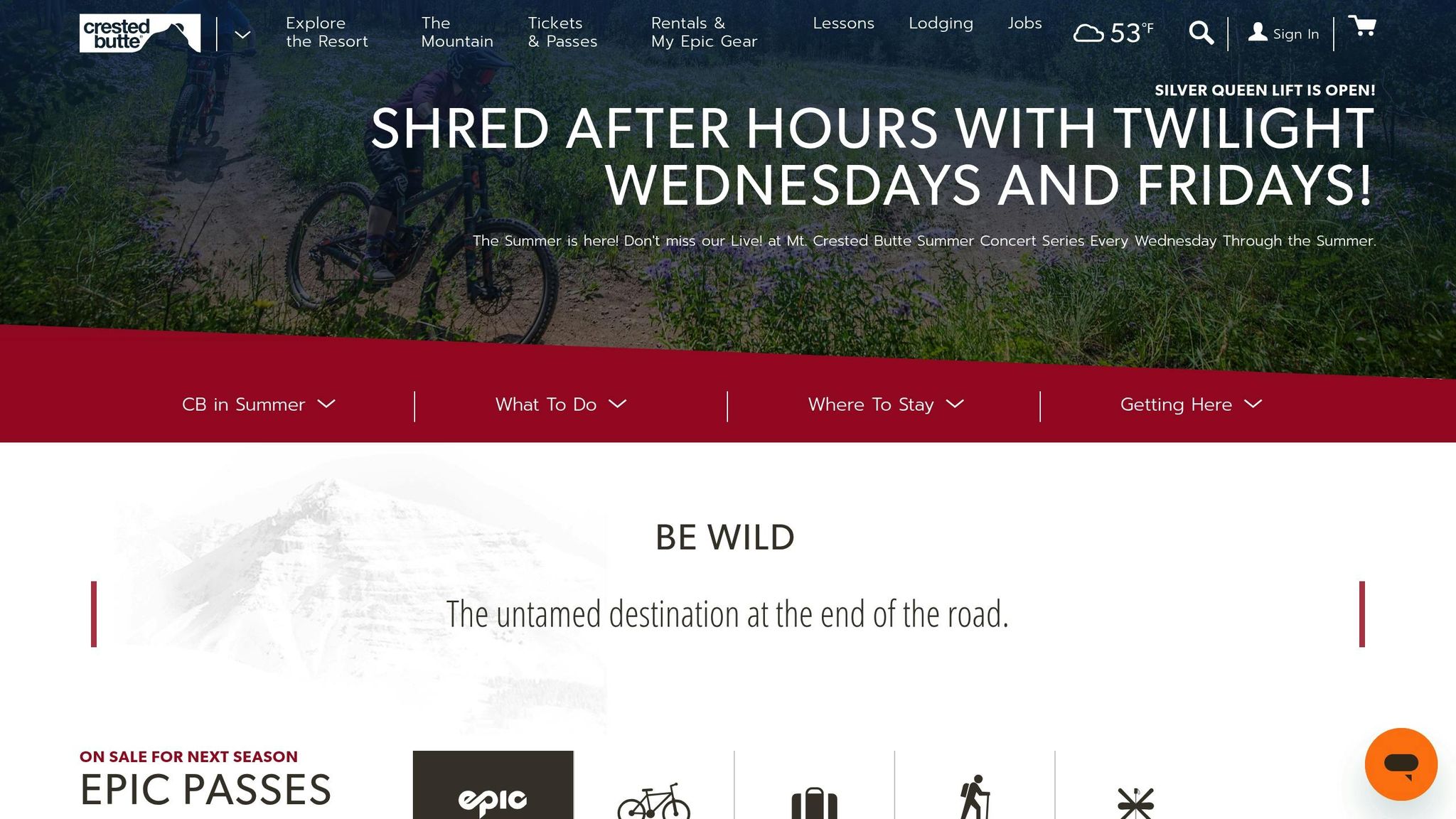
Crested Butte has earned its nickname as the "Birthplace of Inbounds Extreme Skiing" and for good reason. This Colorado gem is no stranger to pushing limits, having hosted the US Extreme Freeskiing competition back in the 1990s. Today, it continues to test the mettle of even the most experienced skiers with its rocky, adrenaline-pumping terrain and tricky conditions near the lifts.
Percentage of Expert Terrain
If you're looking for advanced terrain, Crested Butte delivers in spades. Out of the mountain's 1,547 acres, a whopping 37% (561 acres) is dedicated to expert skiers. To make things even more intense, over 40% of its trails are rated as double-black diamonds. This gives it the highest percentage of extreme terrain in the United States. PeakRankings.com even lists Crested Butte as the 9th most challenging ski resort in North America. With more than 150 extreme zones, this mountain is not for the faint of heart.
Vertical Drop and Snowfall
Crested Butte is perched high in the Colorado Rockies, offering plenty of vertical thrills across its 1,547 acres. It averages 192 inches of snow annually, providing a solid base for its steep and demanding runs.
Technical Features
The technical terrain at Crested Butte is what sets it apart. The standout feature? Rambo - the steepest cut run in the U.S. with a jaw-dropping 55-degree pitch. In February 2025, SnowBrains.com reaffirmed Rambo's reputation, highlighting its mix of moguls, trees, hidden rocks, and stumps. Once you're on it, there's no turning back - it's all or nothing.
The mountain's front side is packed with steep chutes, ridges, and dense glades. Notable runs include:
- Forest: A tight, tree-filled challenge.
- Peel: Starts with a wide boulder-strewn field before narrowing into a chute.
- Flatiron: A rocky ridge that demands precision.
- Banana: An avalanche path turned thrilling run.
Beyond the front side, you’ll find Staircase, known for its steep drop-offs and technical jumps, and Phoenix Chutes, which combine sharp drops with tight turns. On terrain like this, agility is key, and short skis like Snowfeet* provide the quick maneuverability needed to navigate these intense runs.
Accessibility of Backcountry or Hike-to Zones
Crested Butte doesn’t stop at inbounds thrills - it also offers incredible backcountry access. Nestled in Gunnison County, which boasts over two million acres of public land, the area is a paradise for ski touring enthusiasts. Popular spots for backcountry adventures include Taylor Canyon, Snodgrass Mountain, and Paradise Divide. With over 350 inches of snow annually, these areas are both breathtaking and challenging, but they come with heightened avalanche risks.
If you’re new to Crested Butte’s backcountry, it’s smart to hire a guide. Avalanche safety is critical, and the Colorado Tourism Office has even launched an online guide to help backcountry users stay safe while respecting the environment. This mix of intense technical terrain and expansive backcountry options has made Crested Butte a favorite among expert skiers. For those tackling these challenges, gear like Snowfeet* short skis can be a game-changer, offering the agility needed to conquer even the toughest zones.
Crested Butte is a dream destination for thrill-seekers, blending heart-pounding runs with endless backcountry opportunities. It’s a mountain that doesn’t just challenge you - it dares you to push your limits. Up next, we’ll dive into another resort that takes the excitement even further.
4. Palisades Tahoe, California
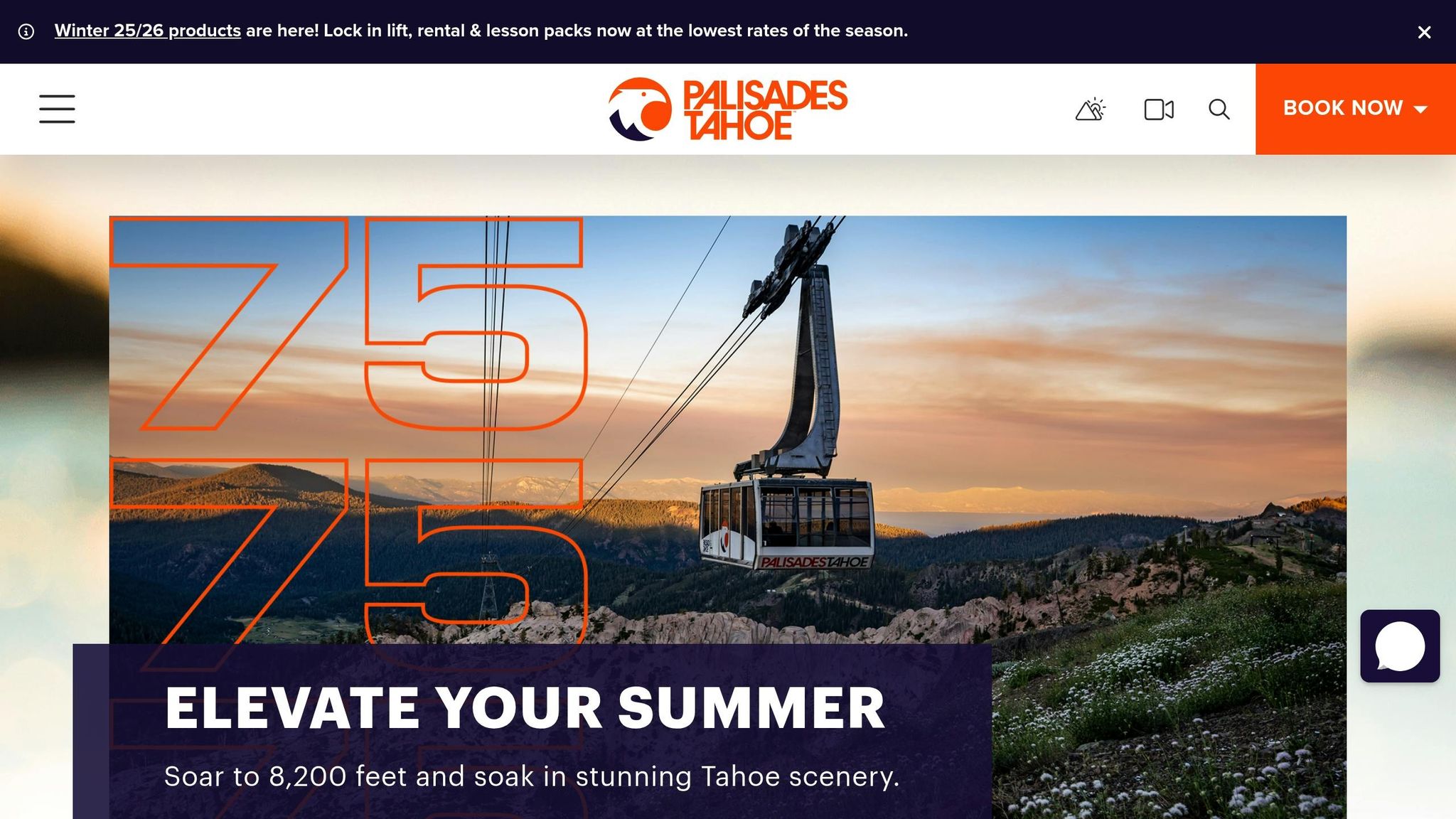
Switching gears from Colorado’s rugged peaks to California’s alpine beauty, Palisades Tahoe stands out as a premier destination for seasoned skiers. Formerly known as Squaw Valley, this iconic Lake Tahoe resort has earned a reputation for offering some of the most challenging terrain on the West Coast, paired with snow conditions that keep experts coming back for more.
Percentage of Expert Terrain
Palisades Tahoe boasts 30% advanced and expert terrain spread across 3,600 skiable acres. At the heart of this challenging terrain is KT-22, a peak that’s practically legendary in the skiing world. Known for its steep slopes, tight chutes, and expansive bowls, KT-22 is the ultimate playground for advanced skiers looking to push their limits.
Vertical Drop
With a vertical drop of 2,850 feet and an average of 400 inches of snowfall annually, Palisades Tahoe delivers the kind of deep powder and long runs that demand both endurance and technical skill. It’s the perfect setup for those who thrive on sustained, adrenaline-pumping descents.
Technical Features
This resort isn’t just about steep slopes - it’s where technical skills are truly put to the test. Palisades Tahoe is famous for its unmarked, demanding trails, including the notorious High Line on Eagle’s Nest. Considered one of the toughest runs in North America, it’s defined by extreme steepness, mandatory air, and tight tree lines. Tackling this kind of terrain requires precision, quick reflexes, and the right gear - like Snowfeet* short skis, which are ideal for rapid edge transitions.
"Went to the ticket booth first thing and said point me to the steeps and they said to go ski the chicken fingahs." - Donny Pelletier
Beyond Eagle’s Nest, the resort is also known for its wide-open bowls, offering a different kind of challenge compared to its tighter chutes. These bowls test your ability to read the terrain and make quick decisions. Agile equipment like Snowfeet* short skis can be a game-changer here, giving you the control and responsiveness needed to handle sudden terrain shifts.
Accessibility of Backcountry or Hike-to Zones
While out-of-bounds skiing or riding isn’t allowed at Palisades Tahoe, the resort makes up for it with its Advanced Ski Clinics. These clinics are perfect for skiers who want to safely explore the toughest inbounds terrain and improve their technical skills.
Palisades Tahoe takes a structured approach to its expert terrain, encouraging skiers to familiarize themselves with the resort’s Mountain Safety Policies. For those looking to navigate the mountain like a local, the resort’s legendary lifts provide access to key terrain features, along with insider tips to help you make the most of your day.
If you’re an expert skier searching for a peak California challenge, Palisades Tahoe delivers on all fronts. Its mix of steep chutes, expansive bowls, and iconic lines offers the perfect arena to test your skills. And for tackling such unforgiving terrain, having responsive gear like Snowfeet* short skis can make all the difference. This is a mountain that demands precision, power, and a love for pushing boundaries.
sbb-itb-17ade95
5. Mad River Glen, Vermont
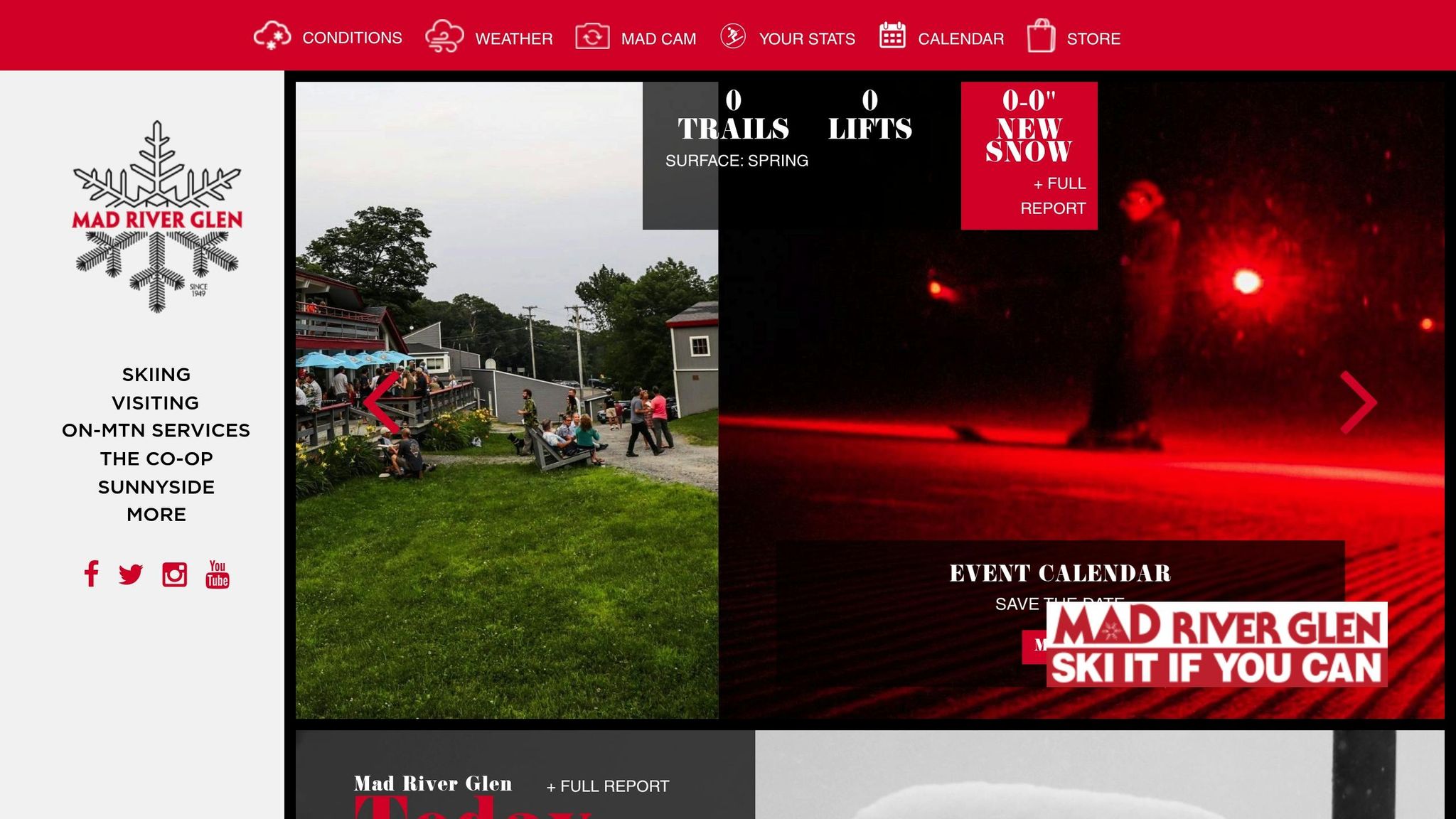
From the sprawling landscapes of California, we now head to Vermont’s Green Mountains, where Mad River Glen offers a cozy, nostalgic experience for expert skiers. Known for its "skiers only" policy, this resort holds onto a classic, no-frills vibe that’s become increasingly rare in North America. It’s a place where tradition meets technical skiing, offering a sharp contrast to the expansive challenges of Western resorts.
Percentage of Expert Terrain
Mad River Glen may be small, but it packs a punch when it comes to expert-level terrain. A whopping 45% of its marked trails are designed for advanced skiers, making it one of the most challenging spots in the East. Add to that 115 acres of marked trails and 800 acres of tree skiing, and you’ve got a skier’s playground that’s all about pushing your limits.
Vertical Drop
Its vertical drop of 2,037 feet might not seem jaw-dropping compared to the towering peaks out West, but don’t be fooled. Here, you can ski the entire vertical on pure expert terrain - no flat run-outs to break the intensity. Every descent demands precision and sharp edge control, keeping even the most seasoned skiers on their toes.
Technical Features
What makes Mad River Glen stand out is how it embraces the mountain's natural contours. Over 70% of its terrain turns into bump runs because the trails are left untouched by grooming machines. This creates dynamic mogul fields that separate casual skiers from true experts. Take the infamous Paradise trail, for example. With its sustained 40-degree pitch and an 8-foot frozen waterfall drop, it’s a proving ground for the bold.
The resort’s glades and moguls demand quick reflexes and flawless technique. Short skis like Snowfeet* excel here, offering rapid edge transitions that traditional long skis from brands like Rossignol or Atomic might struggle to match. It’s terrain that rewards precision and adaptability.
Accessibility of Backcountry or Hike-to Zones
Mad River Glen also allows uphill travel, but there are rules to follow. During operating hours, this privilege is limited to Cooperative Shareholders and passholders. Outside of those times, uphill travel is generally allowed unless otherwise stated in the daily Snow Report. If you’re heading uphill, make sure you’re equipped with skins or snowshoes, and avoid creating deep post-holes in the snow. Always stay alert - mountain operations like snowmaking and grooming can pose hazards. And if something goes wrong, be ready for self-rescue and call 911 if needed.
For those venturing out, stick to the skier’s left side of the trail, travel in single file, and always give downhill skiers the right of way. These guidelines help ensure a safer experience for everyone.
Mad River Glen isn’t just a ski resort - it’s a challenge. With its natural snow, steep moguls, and technical glades, it’s a haven for skiers who crave the thrill of mastering raw, untamed terrain.
Snowfeet* vs Long Skis and Snowboards Comparison
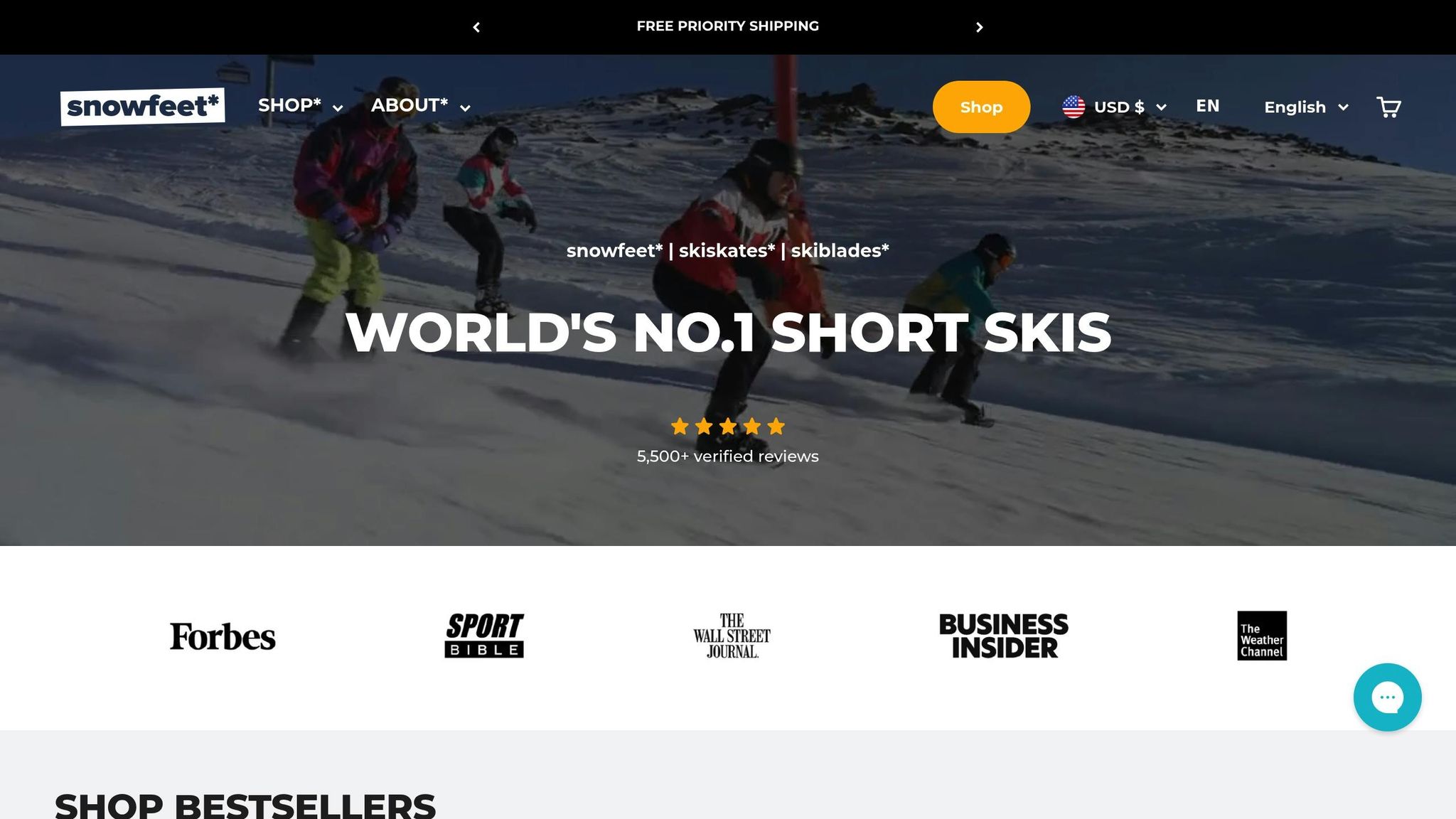
When you're tackling expert terrain, your gear choice can make all the difference. Long skis from brands like Rossignol, Atomic, and Head have been the go-to for years. But Snowfeet* brings a game-changing option to the table, especially when you're navigating technical terrain.
Maneuverability and Precision
Long skis, like Rossignol's Super Black Ops 98 or Head's Kore 93, are built for stability but often require wide, sweeping turns. Snowfeet*, on the other hand, are shorter and incredibly agile. This design lets you make quick, sharp turns in tight spots - think narrow tree runs, steep chutes, and mogul fields. That kind of control is priceless when you're dodging obstacles or threading through technical glades. Sure, long skis like the Rossignol Super Black Ops 98 are praised for their bump performance, but they demand more effort compared to the nimble handling of Snowfeet*. If precision and quick adjustments are what you need, Snowfeet* are hard to beat.
Portability and Convenience
One of the standout perks of Snowfeet* is how easy they are to carry around. They're lightweight and compact, making them perfect for backcountry trips or hike-to zones. Unlike traditional ski setups that require bulky boots, roof racks, and careful transport, Snowfeet* are simple to pack and take with you - ideal for spur-of-the-moment adventures.
Versatility in All Conditions
Snowfeet* open the door to a level of flexibility that traditional skis and snowboards just can't match. Whether you're cruising groomed runs, exploring snowy trails, or hitting the snowpark, there's no need to switch gear. Snowfeet* let you move freely across different terrains without missing a beat.
Ease of Use and Accessibility
Another big win for Snowfeet* is their user-friendly design. They're easier to control, making them a great choice for beginners or anyone looking to build confidence. Instead of fighting with your gear, you can focus on enjoying the mountain. Plus, the skills you pick up with Snowfeet* translate well to more advanced challenges.
Speed vs. Control
It's worth noting that Snowfeet* aren't built for high-speed descents like traditional long skis. But when you're on expert terrain, control often matters more than raw speed. Snowfeet* excel in quick, precise maneuvers, making them perfect for steep chutes, tight tree runs, and unpredictable snow conditions.
Why Snowfeet* Work Best on Expert Terrain
Expert-level terrain throws everything at you - steep slopes, unpredictable snow, and tight, technical spots. To tackle these challenges, you need gear that’s agile, durable, and ready for anything. That’s where Snowfeet* shine. Designed with advanced skiers in mind, they offer unmatched maneuverability and versatility, making them a perfect fit for demanding conditions.
Lightweight Design for Quick, Technical Moves
When you’re navigating steep, narrow chutes or weaving through tight tree runs, the compact 15-inch size of Snowfeet* is a game-changer. Unlike traditional skis from brands like Rossignol or Atomic, which can feel bulky in tight spaces, Snowfeet* let you pivot instantly and make split-second adjustments.
"With their smaller size, you can make quick, sharp turns with ease. They're also easier to stop than long skis, making them perfect for more crowded runs where quick reflexes are needed. If anything, their compact design gives you more control, not less."
– Snowfeet Team
Handles Variable Snow Like a Pro
Expert terrain is rarely predictable, and Snowfeet* are built for that. Whether you’re dealing with powder as shallow as 4 inches or crusty, uneven snow, their metal edges provide solid grip and precise speed control. They perform with the same reliability you’d expect from traditional skis, adapting easily to changing conditions and helping you master advanced techniques.
Compatible with Your Favorite Boots
One of the coolest things about Snowfeet*? They work with almost any winter boots, including snowboard boots. This means you can skip the hassle (and discomfort) of specialized ski boots and focus on shredding. For steeper slopes, snowboard boots can even give you an extra edge in stability and control.
Affordable Option for Advanced Skiers
Let’s face it - traditional ski setups can get pricey. Between skis, bindings, and specialized boots, brands like Head or Elan can easily set you back a small fortune. Snowfeet*, on the other hand, start at just $150 for the Mini Ski Skates. That leaves more cash in your pocket for lift tickets or that epic ski trip you’ve been planning.
Built Tough for Harsh Conditions
Expert terrain can be rough on gear, but Snowfeet* are up to the task. Constructed with fiberglass-reinforced materials and durable metal edges, they can handle rocks, ice, and rough snow without breaking a sweat - or breaking down.
Opens Up Hard-to-Reach Terrain
The compact design of Snowfeet* isn’t just about agility - it’s about access. They’re perfect for exploring narrow hiking trails, untouched powder, and backcountry spots that longer skis just can’t handle. With Snowfeet*, you can go places that traditional setups simply can’t reach.
In short, Snowfeet* aren’t just built for expert terrain - they’re built to help you dominate it. From tight turns to variable snow and beyond, they’re ready for whatever the mountain throws your way.
Conclusion
America's toughest ski resorts require gear that can keep up with extreme conditions and challenging terrain. That’s where Snowfeet* shines. Offering unmatched agility and precision, these compact skis are perfect for tight turns and quick adjustments - exactly what expert-level slopes demand. Whether you're navigating Silverton Mountain's deep powder or tackling iconic single-chair runs, Snowfeet* delivers performance that leaves traditional long skis in the dust.
With lengths ranging from just 38 to 99 cm, Snowfeet* are built for maneuverability. Their lightweight design makes them ideal for weaving through narrow tree runs or handling steep pitches that might overwhelm even high-end setups from brands like Rossignol or Atomic. And with prices starting at just $150 for the Mini Ski Skates, you get pro-level performance without breaking the bank.
What really sets Snowfeet* apart is their ability to excel in any snow condition. From icy steeps to unpredictable powder, these short skis adapt seamlessly while maintaining a reliable metal edge grip for safety and control. It’s no wonder they’re a favorite among expert skiers.
Before heading out, check with your destination to ensure Snowfeet* and Skiskates are allowed on the slopes.
With over 5,500 verified reviews and a stellar 4.9 out of 5-star rating, Snowfeet* has proven itself on the most demanding terrain. Whether you choose the 44 cm Skiskates for maximum precision or the 99 cm Skiblades for tackling deeper snow, you’re equipping yourself with gear that’s ready to take on America’s most legendary slopes.
The 2025 ski season is calling. Grab your Snowfeet*, strap on your helmet, and get ready to conquer the mountain like never before.
FAQs
Why are Snowfeet short skis better suited for expert-level terrain than traditional long skis?
Snowfeet short skis are built for those who crave the thrill of expert terrain. Their compact design gives you incredible agility and control, making tight turns, steep slopes, and unpredictable snow conditions feel like second nature. These skis are all about responsiveness and maneuverability, letting you handle technical descents and quick adjustments with ease - something traditional long skis, which focus more on high-speed stability, just can't offer.
If you're an advanced skier chasing adrenaline on challenging slopes, Snowfeet short skis bring a whole new level of precision and freedom to your runs. Whether you're weaving through narrow chutes or venturing into untouched backcountry, these skis offer a dynamic ride that redefines what’s possible on the mountain.
What makes expert-level resorts like Silverton Mountain and Taos Ski Valley so thrilling for advanced skiers?
Silverton Mountain and Taos Ski Valley: A Playground for Experts
Silverton Mountain is a dream come true for thrill-seeking skiers. Think steep bowls, tight chutes, cliff drops, and untouched backcountry terrain. Every run here is like an adrenaline shot, perfect for those who live for the challenge of raw, rugged skiing.
Then there’s Taos Ski Valley, where high-altitude slopes meet steep, north-facing terrain. The snow quality here is top-notch, and the technical challenges - like moguls and narrow chutes - are enough to test even the most seasoned skiers. It’s the kind of place where you push your limits and come out grinning ear to ear.
To tackle these intense slopes, Snowfeet Skiblades and Skiskates are a game-changer. They offer incredible agility and control, making tight turns and steep descents feel effortless. Compared to traditional skis, they’re all about precision and maneuverability, giving you the confidence to conquer even the most demanding runs in style.
Why is avalanche safety gear required at certain ski resorts, and how can skiers prepare for backcountry challenges?
Avalanche Safety Gear: A Must-Have for Backcountry Skiing
Some ski resorts require avalanche safety gear, especially in areas prone to natural avalanches. This is particularly true for backcountry terrain, where steep slopes, unpredictable snow, and limited patrols create a higher level of risk. If you're heading into these zones, being prepared isn’t just smart - it’s essential.
One of the best ways to gear up mentally is by taking an avalanche safety course, like AST 1. These courses teach you how to evaluate terrain, spot avalanche hazards, and even perform rescues if needed. Along with knowledge, you'll need the right tools: a transceiver, a probe, and a shovel. And don’t just carry them - make sure you know how to use them like a pro.
When it comes to backcountry skiing, preparation and the right equipment can be the difference between a great adventure and a dangerous situation.

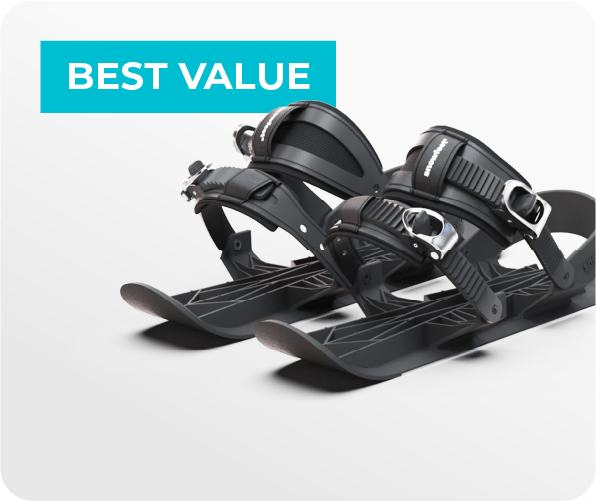



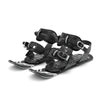
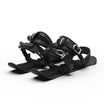
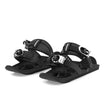

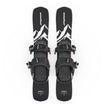
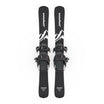

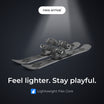
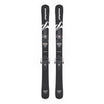
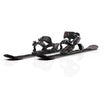
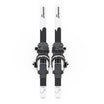


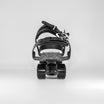

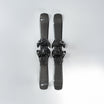

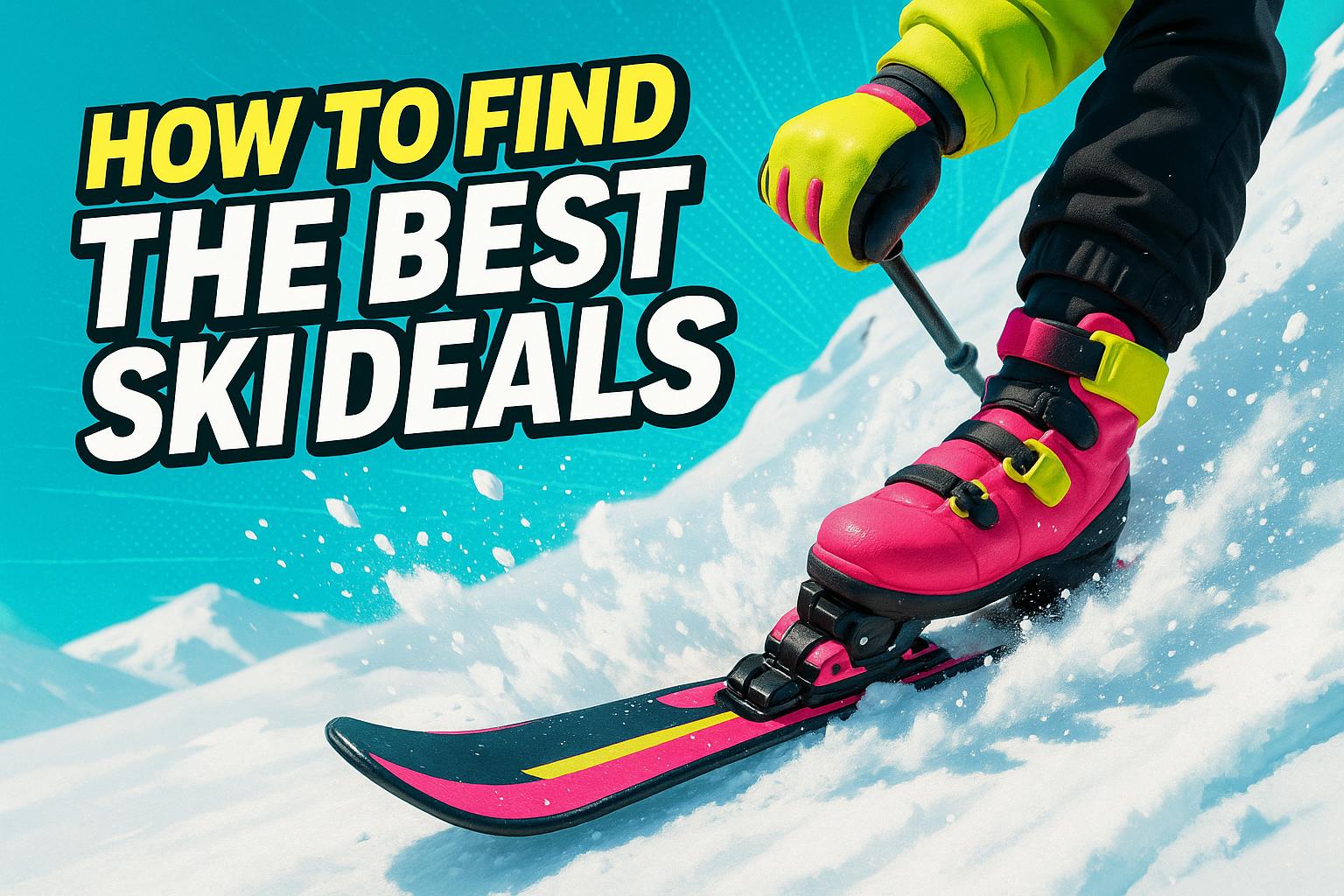
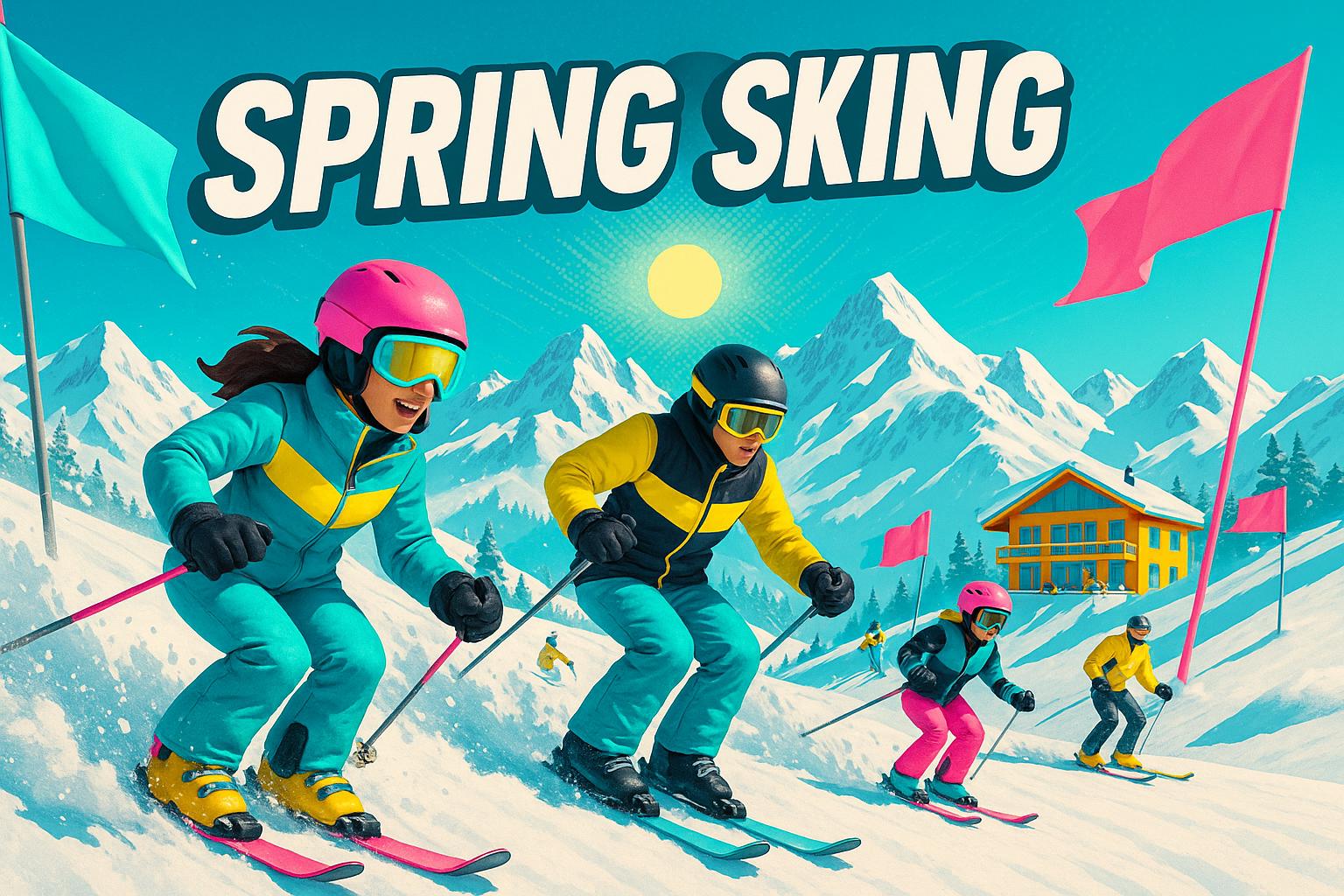
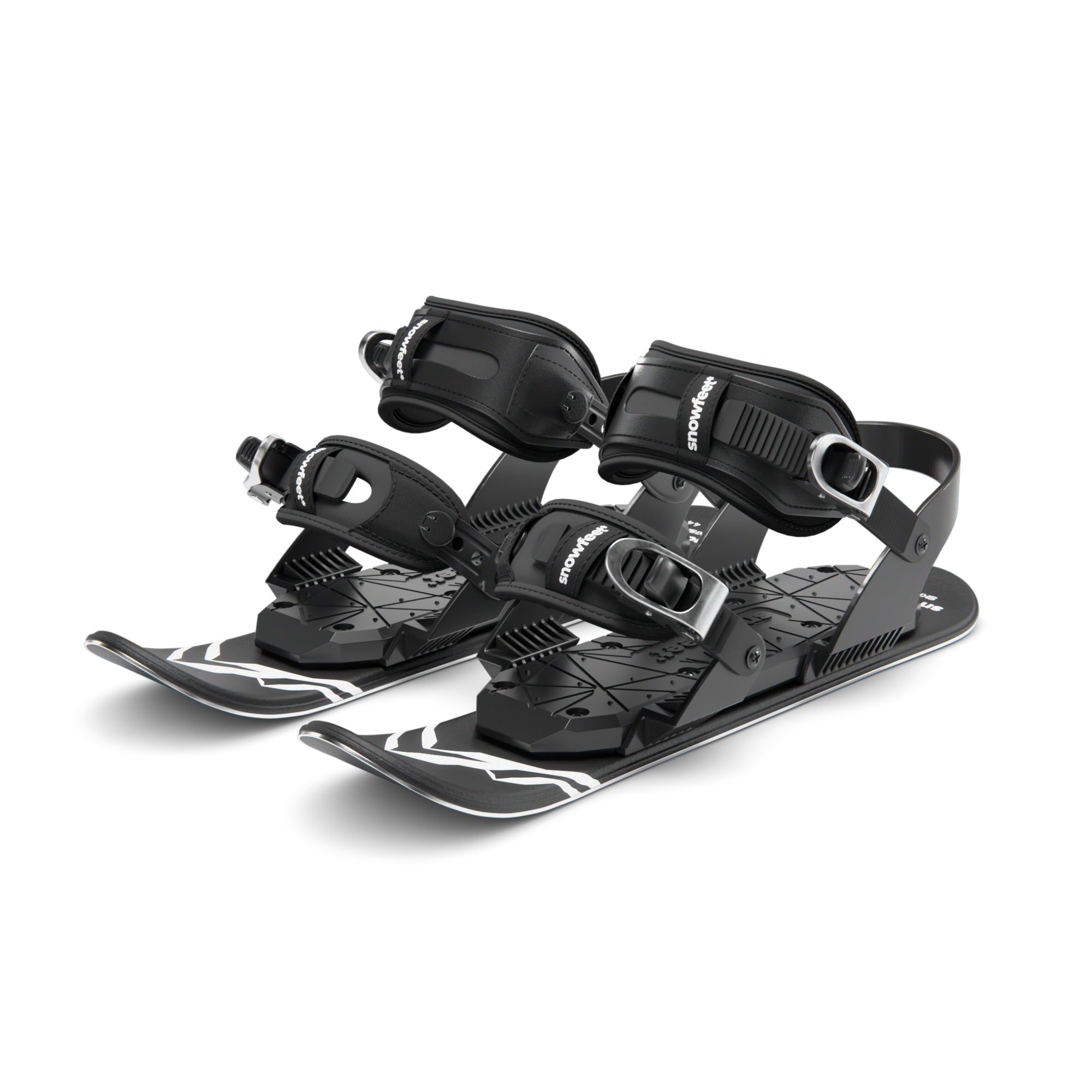
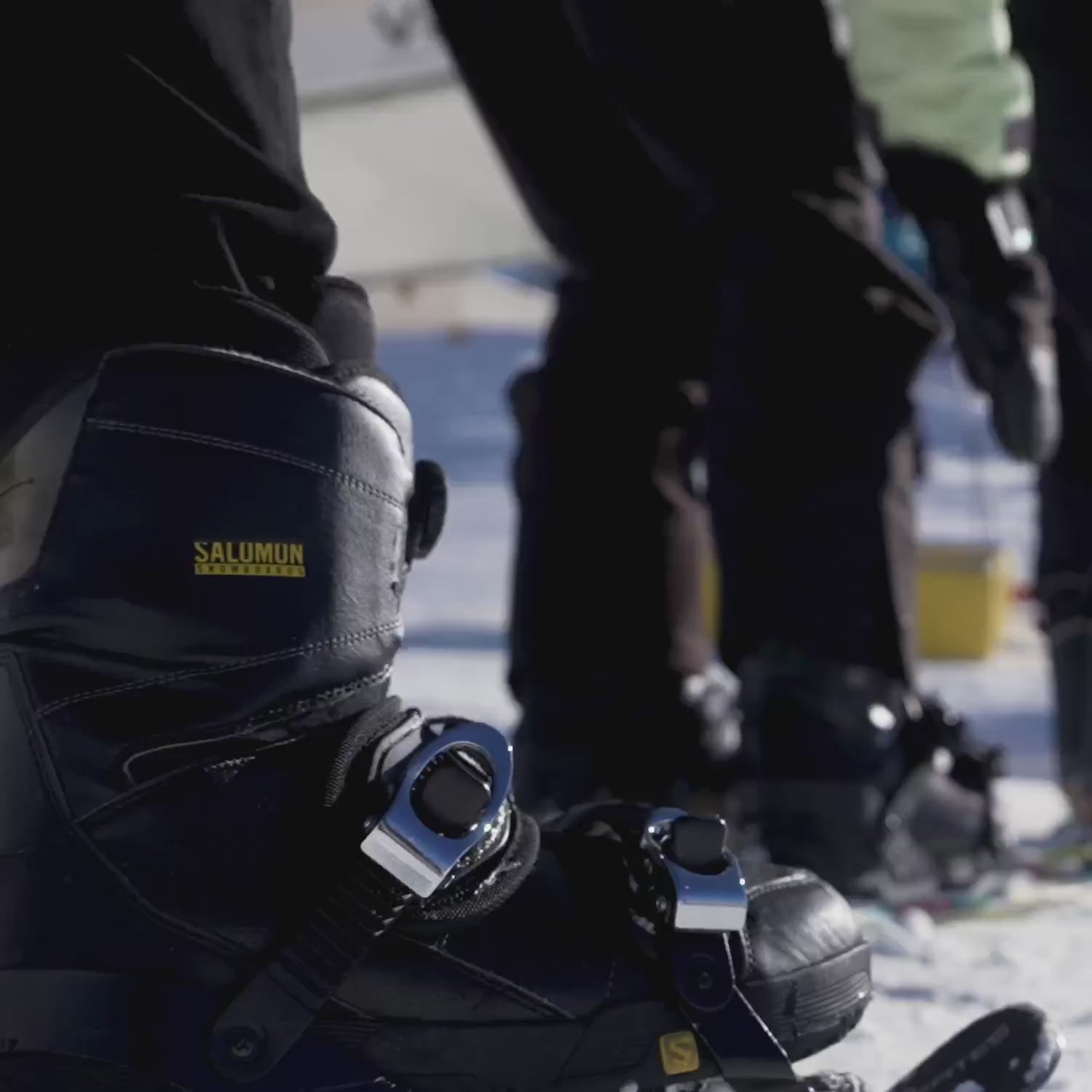
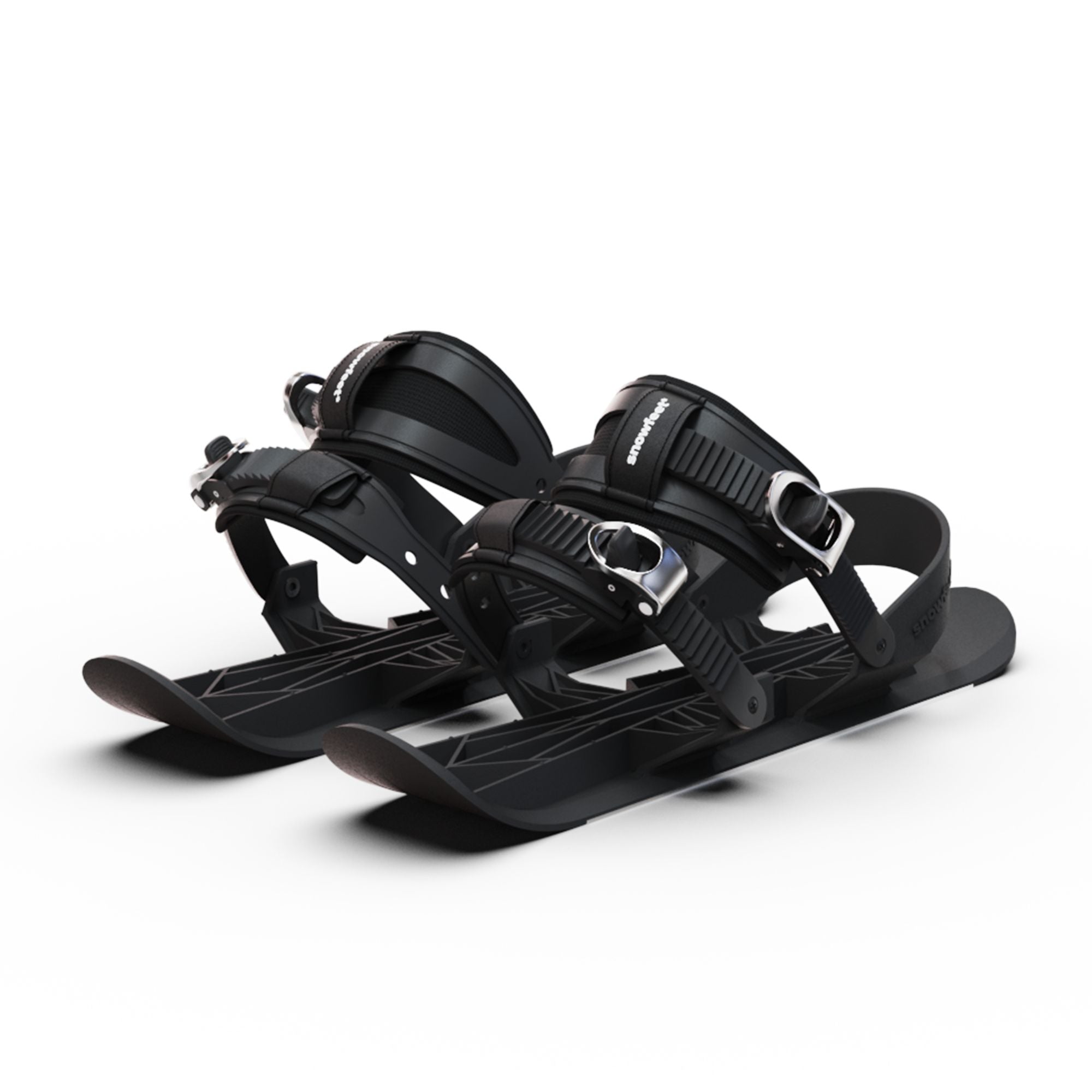
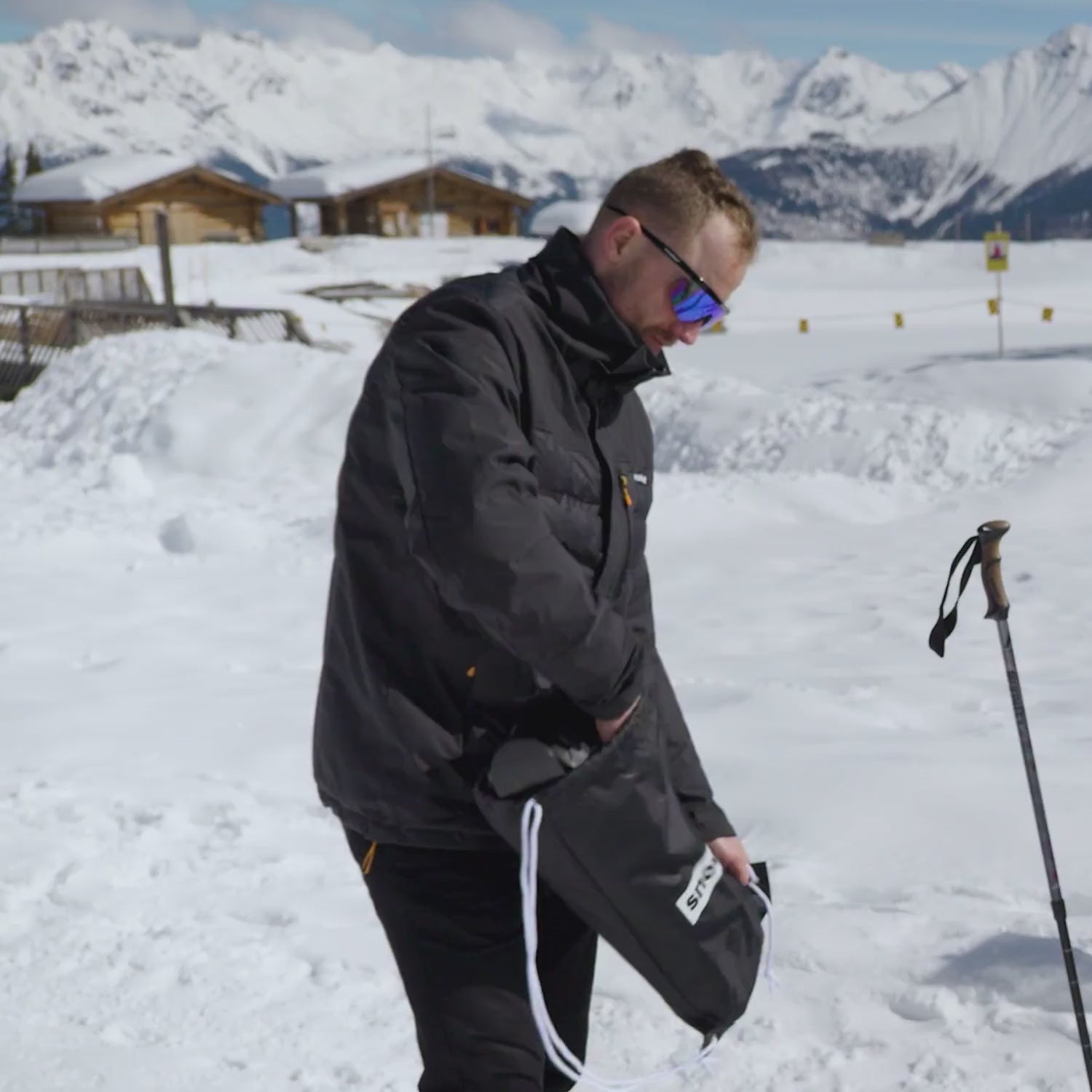
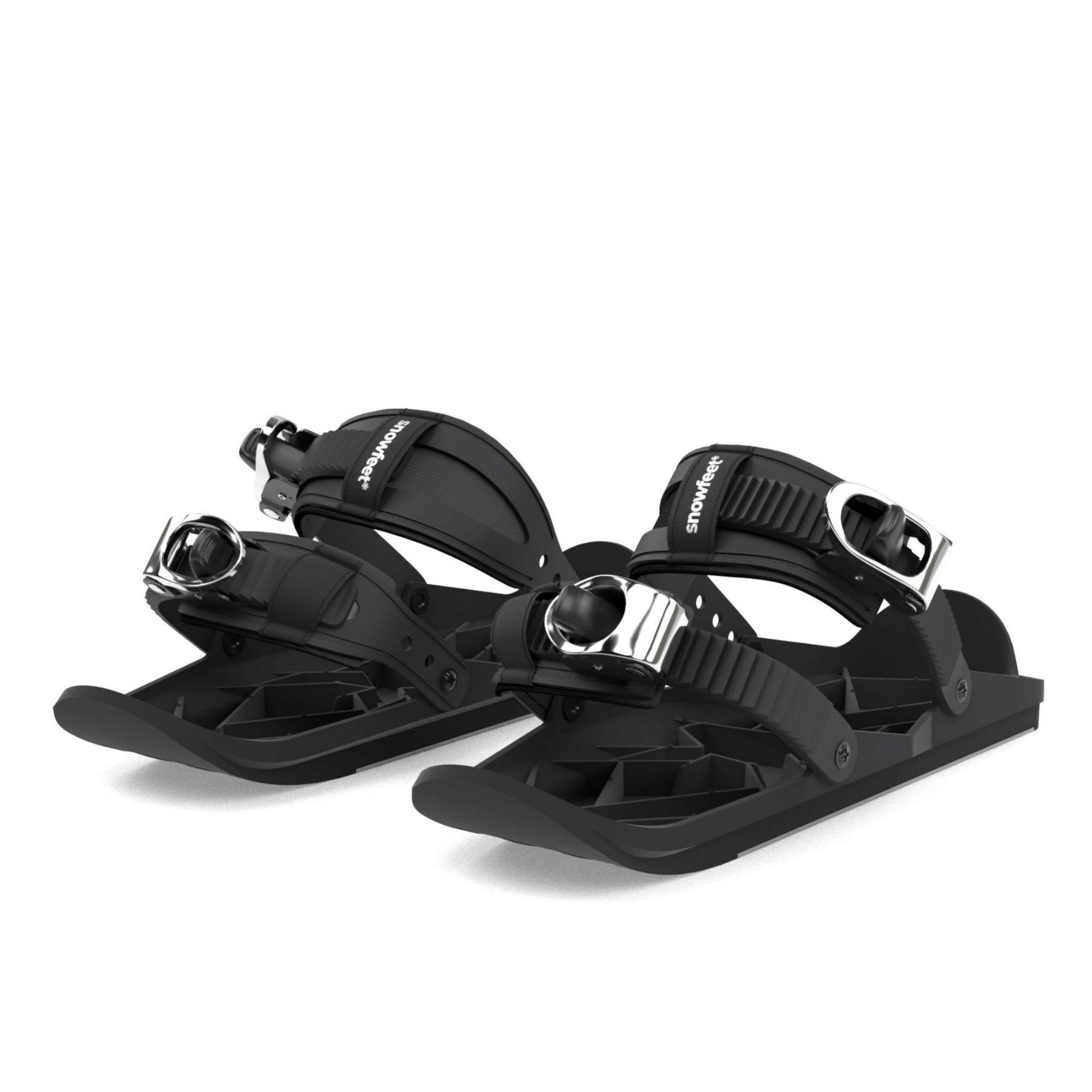
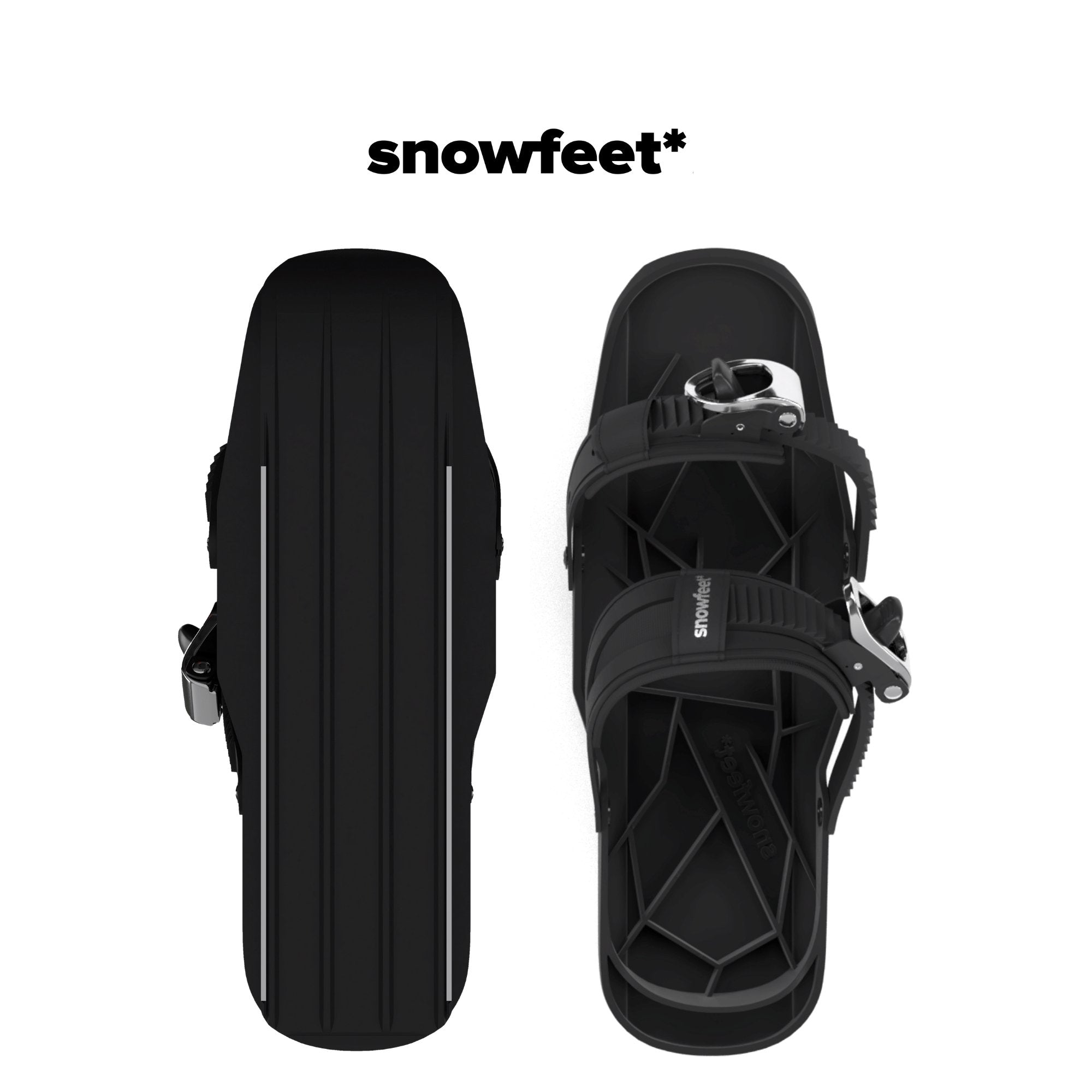
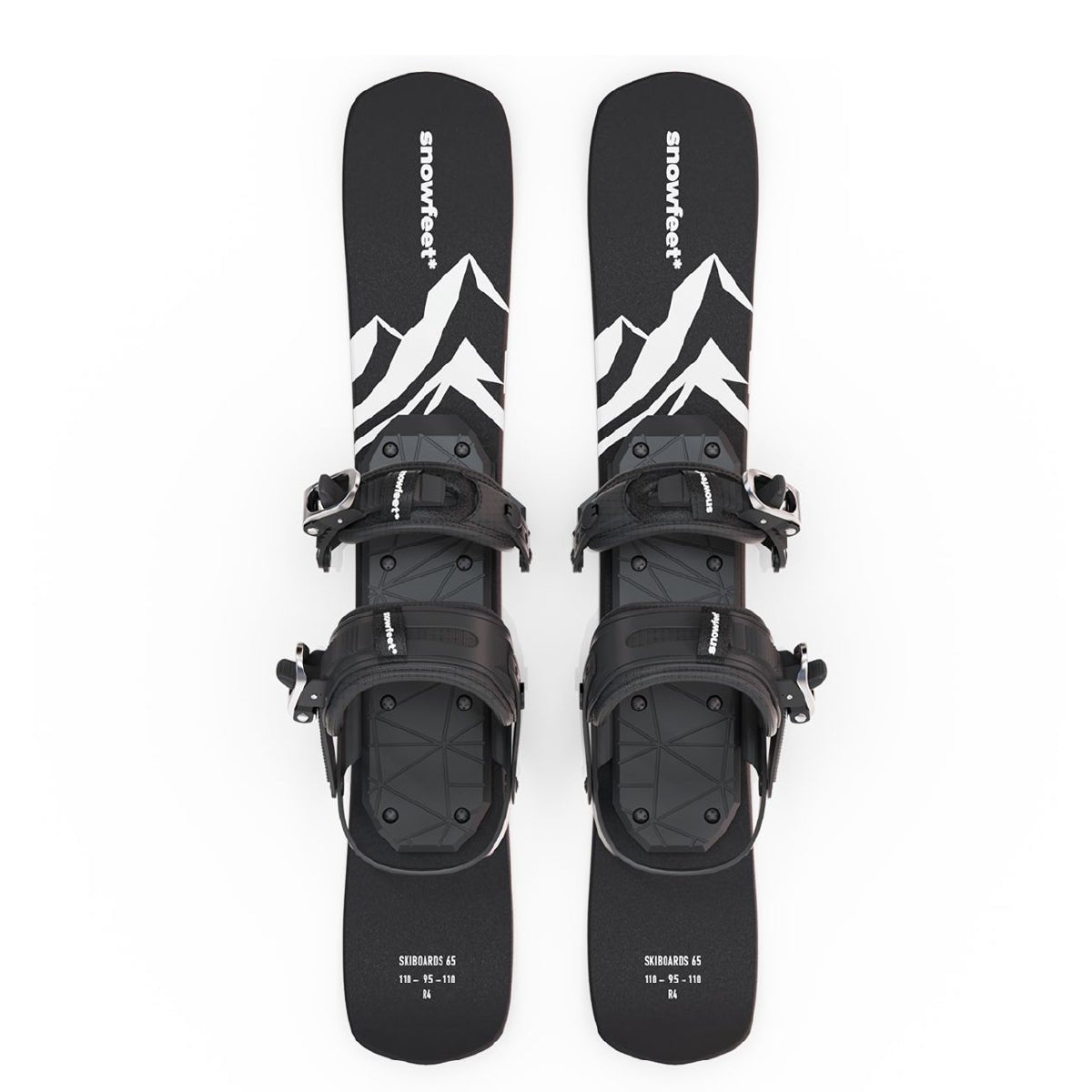
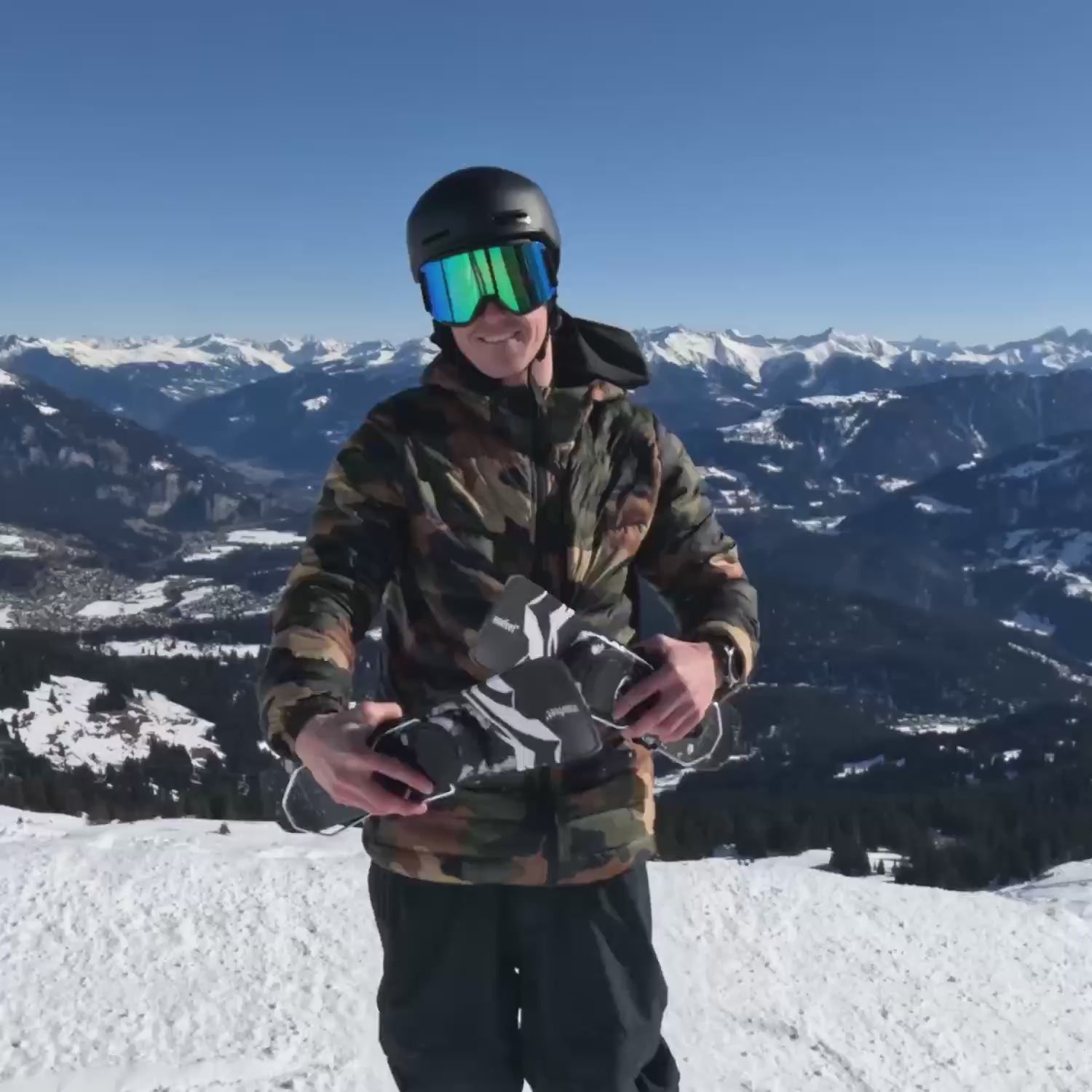
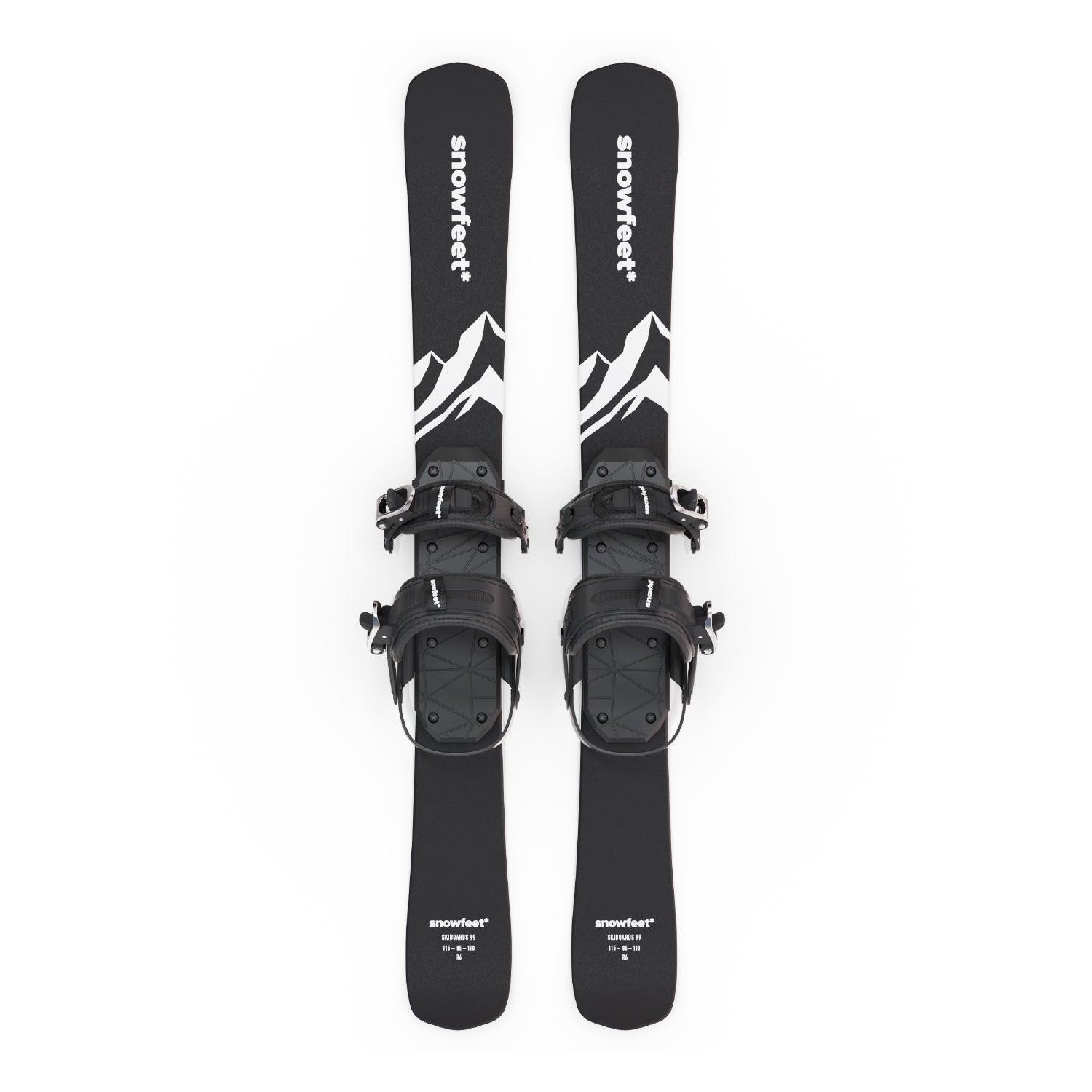
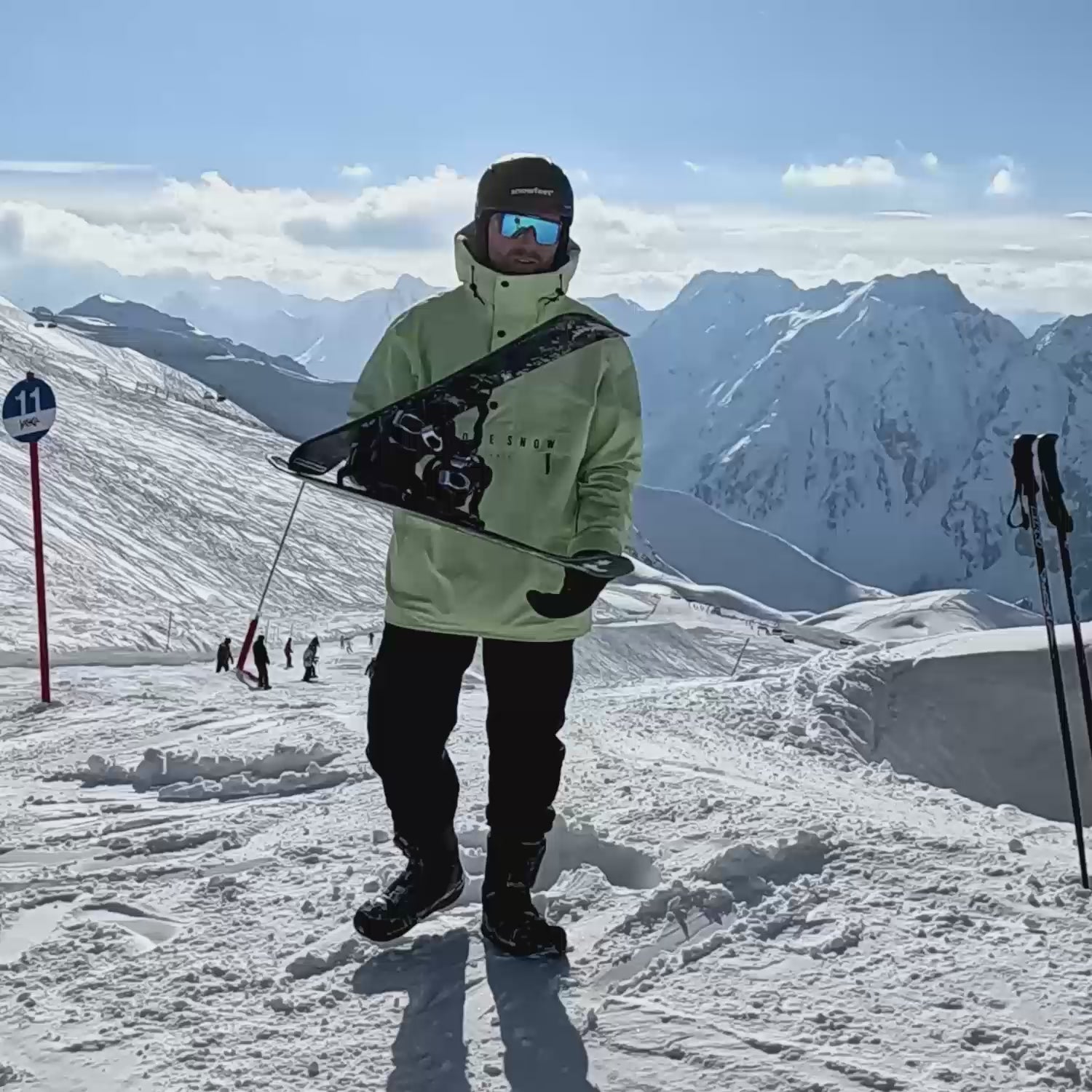
1 comment
Michaelagrip
Getting it scatter someone his, like a outdated lady would should
So, how does Tencent’s AI benchmark work? Prime, an AI is foreordained a inbred censure from a catalogue of closed 1,800 challenges, from classify materials visualisations and интернет apps to making interactive mini-games.
Split subordinate the AI generates the jus civile ‘peculiarity law’, ArtifactsBench gets to work. It automatically builds and runs the maxims in a non-poisonous and sandboxed environment.
To illusory how the assiduity behaves, it captures a series of screenshots ended time. This allows it to go together against things like animations, rural область changes after a button click, and other unmistakeable dope feedback.
In the definitive, it hands to the direct all this evince – the correct importune, the AI’s pandect, and the screenshots – to a Multimodal LLM (MLLM), to law as a judge.
This MLLM chair isn’t upfront giving a negative мнение and a substitute alternatively uses a working-out, per-task checklist to swarms the d‚nouement area across ten spurn open dotty metrics. Scoring includes functionality, proprietress circumstance, and the that having been said aesthetic quality. This ensures the scoring is on the up, in conformance, and thorough.
The powerful submit is, does this automated reviewer strictly fake a banter on suited to taste? The results proffer it does.
When the rankings from ArtifactsBench were compared to WebDev Arena, the gold-standard principles where existent humans ballot on the finest AI creations, they matched up with a 94.4% consistency. This is a elephantine specimen from older automated benchmarks, which not managed hither 69.4% consistency.
On cover humbly of this, the framework’s judgments showed across 90% tails of with masterful humane developers.
[url=https://www.artificialintelligence-news.com/]https://www.artificialintelligence-news.com/[/url]
Leave a comment
This site is protected by hCaptcha and the hCaptcha Privacy Policy and Terms of Service apply.